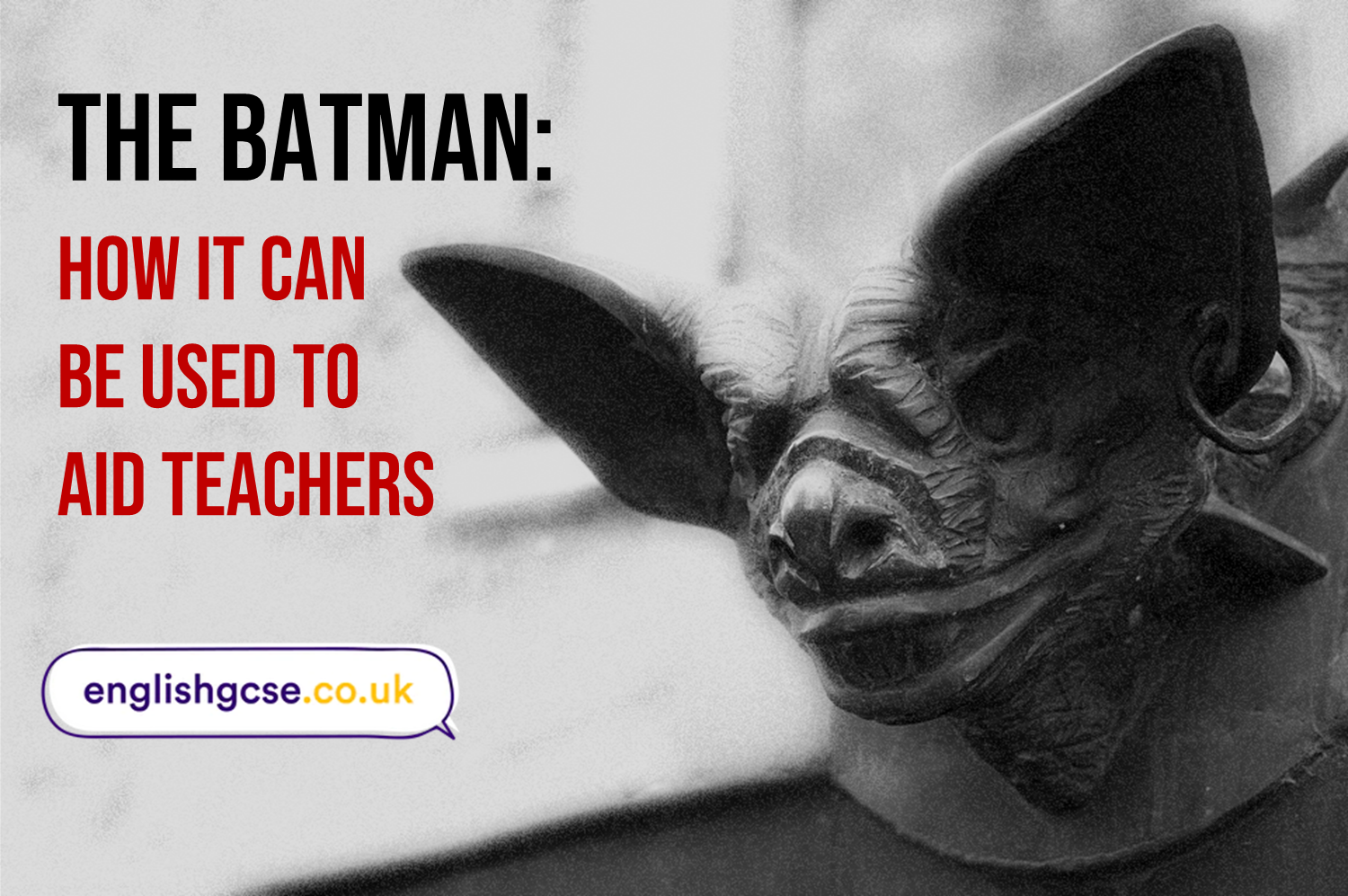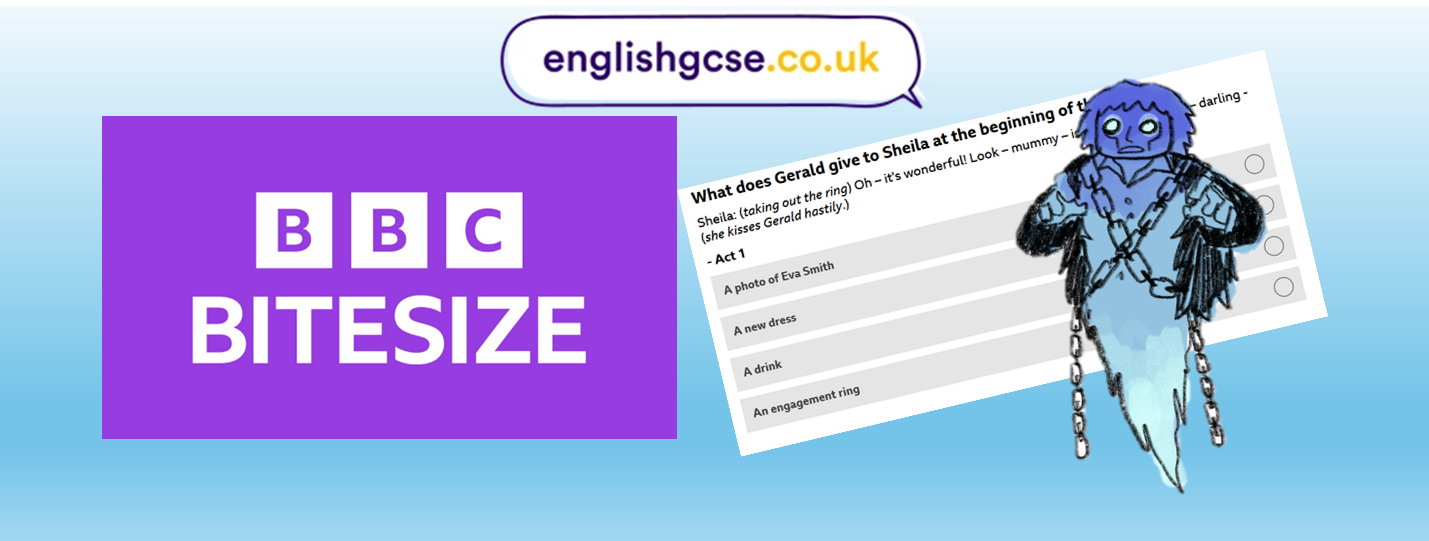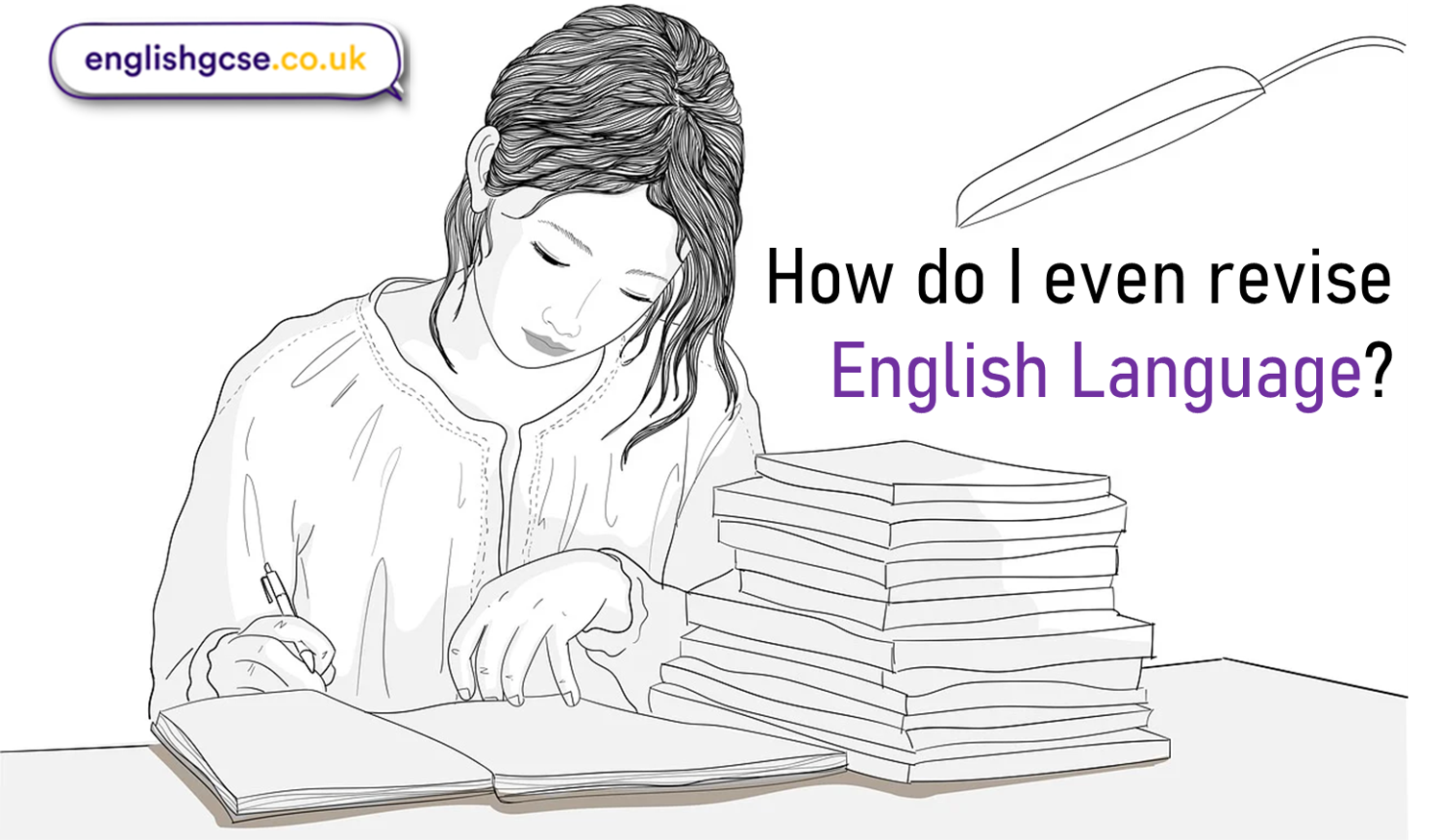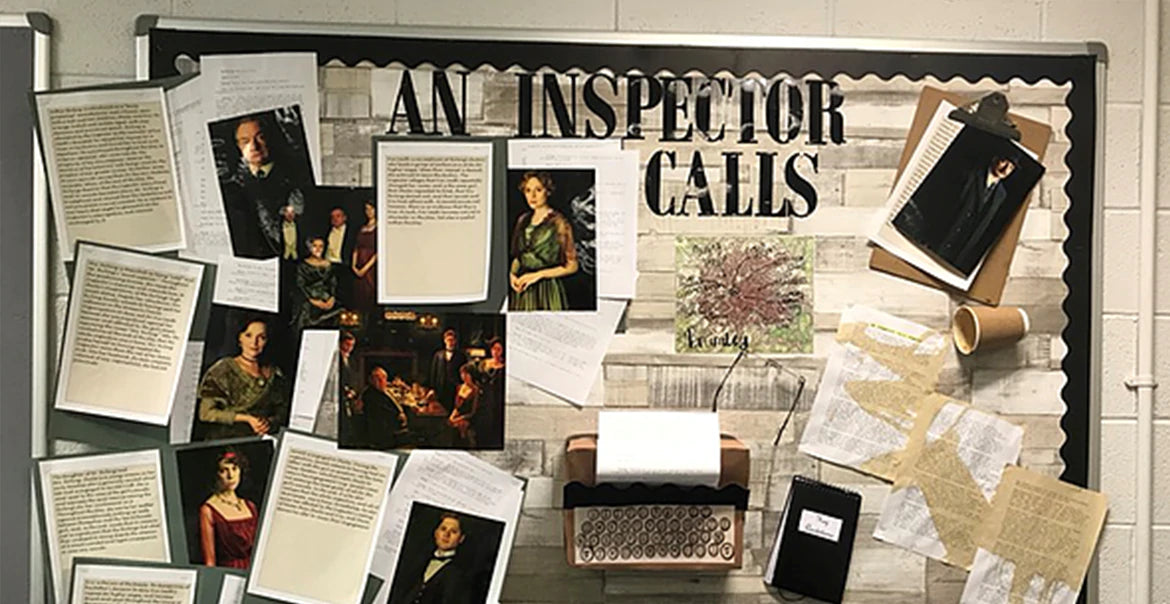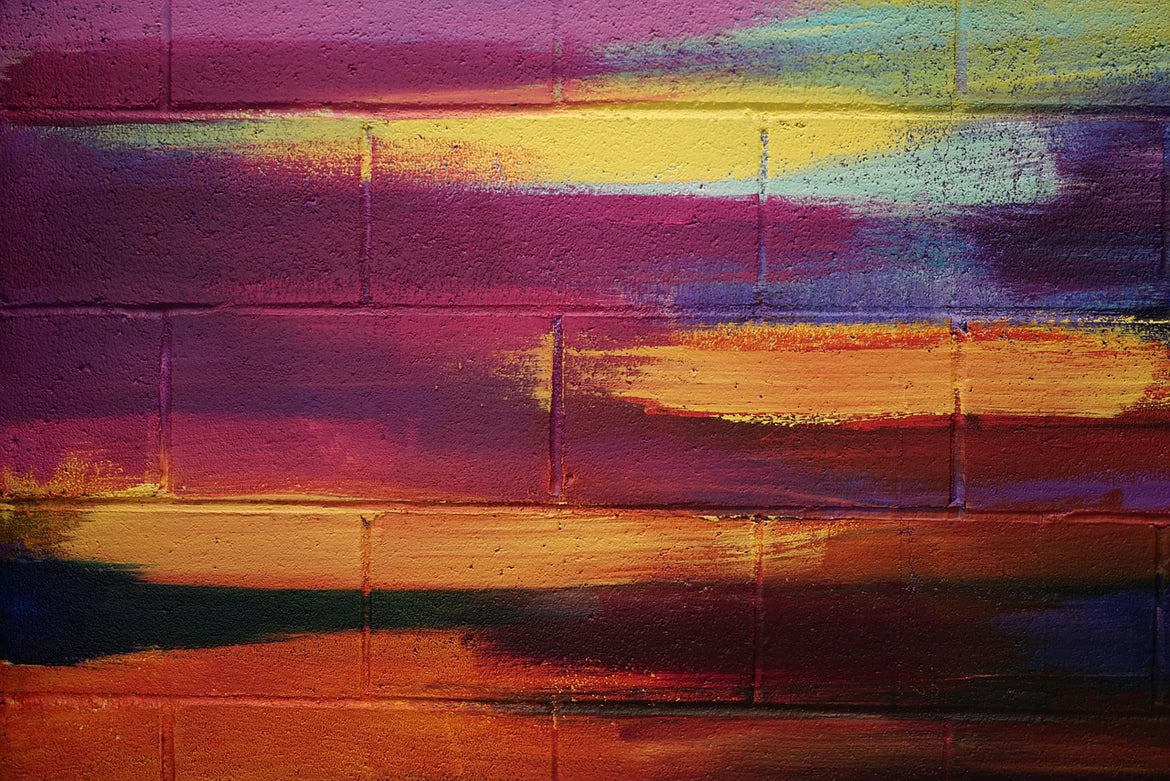Matt Reeves's adaptation of DC Comics' iconic antihero is gloriously dark and ideally suited for teaching about Gothic literature.
*WARNING: CONTAINS SPOILERS*
Although I am not a huge geek when it comes to comic book adaptations, I have always had a penchant for Batman films. Whilst figures such as Spiderman and Superman are often idealistic, patriotic and arguably lacking in depth, Batman stands out as a deeply troubled figure that often has thought processes in common with the villains he is supposed to be fighting, and this is really brought to the fore in the latest caped crusader movie.
Robert Pattinson does a brilliant job of presenting a young man constantly troubled by his tragic past who projects his anger at his parents' murder and his frustration at no one having been found responsible for their deaths and subsequently brought to justice, onto the crime and corruption that permeates Gotham City.
Although past films have tried to blur the lines between good and evil (think about the Joker's plan to put criminals and innocent civilians together on a boat packed with explosives, in an attempt to test the moral frameworks of both sets of figures in The Dark Knight Rises), the Riddler deliberately targets powerful Gotham figures in both government and the police, in order to bring the widespread corruption of both to public awareness.
As more figures are revealed to not be the 'boy scouts' they present themselves as, Batman finds himself questioning how terrible the Riddlers' actions truly are, even though he has brutally murdered several people to highlight his moral outrage at their corruption and greed.
This is particularly illustrated in a deleted scene between Batman and the Joker, where the latter suggests Batman actually agrees with what the Riddler is doing. Additionally, Bruce Wayne's philosophical pedestal towards his parents is dismantled as he discovers his own father was - although unintentionally - connected to the killing of a journalist attempting to expose the dark past of the Wayne family.
These debates about morality, good and evil, right and wrong are superb for both English A-level and Key Stage 4 classes. When studying a troubled figure like Hamlet, questioning whether he should kill his own uncle (to be or not to be), there are so many wonderful links between The Batman and Shakespeare's iconic antihero.
Moreover, the film is visually very similar to Tim Burton's two efforts. Bruce Wayne is often portrayed in grey and stark daylight, a dishevelled and ashen figure who often looks defeated and damaged but carries on determinedly to strip out justice amongst the rotten carcass of the city he calls home. His alter-ego, in contrast, haunts dark corridors, emerges from flames, appears to form from the shadows that engulf every surface. He walks slowly but powerfully, each clunking stride making the Batman seem like a malevolent machine than a man.
FREE lesson on Gothic heroes and conventions
There are so many similarities with classic Gothic texts like Dracula, Frankenstein and Jekyll and Hyde that the film is perfect for segueing into Gothic study.
If we take Jekyll and Hyde as an example, the use of setting is integral for establishing characters and themes. Think of the descriptions of the door of Hyde's chambers or Jekyll's house. In a similar manner, the 'club-within-a -lub' in The Batman is wonderfully symbolic of the corruption of Gotham and all the figures linked to it.
Unlike other superheroes who represent American ideals such as freedom, integrity, friendship and liberty, Batman tells us he can use fear as a tool to terrify the darker elements of Gotham's society and force them into submission. By the end of the film, he realises that that fear can also produce hope for the good people of that city, a hope of a brighter future with the cankerous corruption ruthless cut out from its core.
Finally, films like The Batman provide so many allusions to literature of the past that brings to students' consciousness the human condition, and can make literature far more relevant to them than they realised before.
Cinema provides us with tremendous opportunities to open up books and reading to a dominantly visual generations. The Batman is a cinematic triumph that can aid you and your students in the classroom, too.


